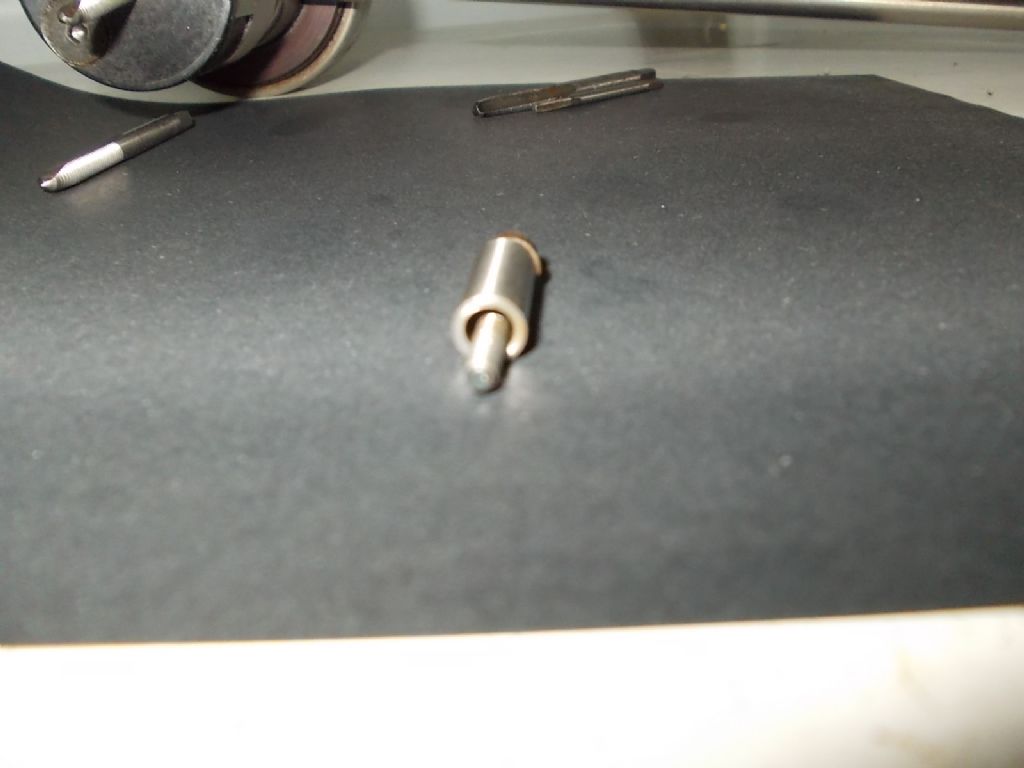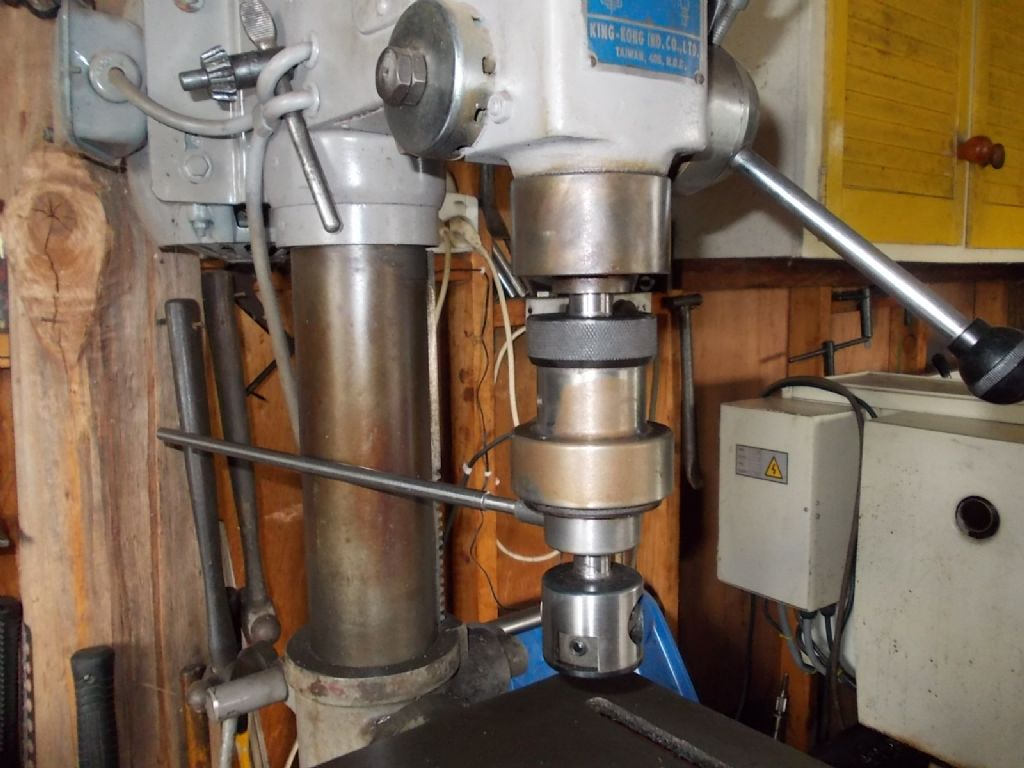OK, let us suppose that you have a need to make some holes in a flat face, and they must all be accurate to size and precisely located with respect to each other and the edges of the piece. If you mark them out and centre punch then drill in the usual way the drill will wander and the marking out and punching will also allow errors. So instead of drilling out to full size, you drill and tap a small hole where each hole is to be. (With reasonable but not critical accuracy.) Then you take your toolmakers buttons and screw them onto the job at each location. The holes in the buttons have a bit of clearance, so now you can adjust the buttons so that they are in the correct location relative to each other and the edges. You know the size of the buttons, so you can set the spacings using accurate pieces of packing or by careful measurement, depending on the level of accuracy you want.
When the buttons are all in the right place, you can set the piece up in the four jaw chuck, and use the dial gauge to set one of the buttons to be centered. Then you take off that button, and drill and bore the hole to the correct size. Just drilling won't do, as the existing tapped hole may be off a little, so you want to bore it so it is trued up correctly on the axis of the lathe. You then set another button up to be concentric, and bore that one. When you are finished, all the holes should be accurately placed.
The same thing could be done on a mill, setting each button on axis in turn, but it is usually easier to do coordinate drilling on a mill, eg use the graduated handwheels to set up the coordinates of each hole in turn. (Or the DRO if you have one.)
Buttons are easily made from small slices of round stock, faced on each side. Quite commonly each face is recessed a little. For occasional work they need not be hardened. Stock that is accurately ground to size is nice as it can make the arithmetic easier. (I want two holes 1.25 inches apart and my buttons are made from 12mm ground stock….what size packing should I use between them?)
For some awkward jobs it might be better to use the button approach to make a jig, then use the jig to make the holes in the job match. Making the holes in the bedplate and cylinder block of an engine like the Stuart twin and compound launch engines would be an example of this sort of thing.
John
Gordon W.







